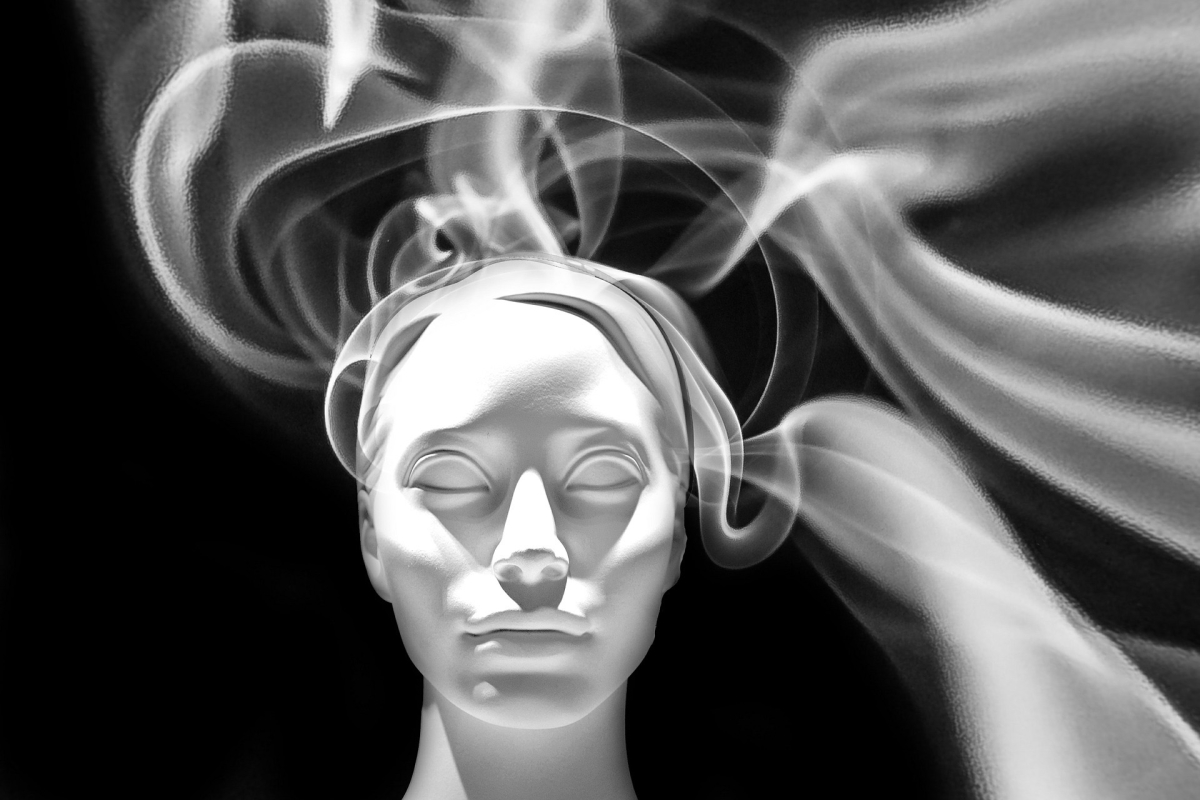What is psychotherapy?
Psychotherapy is a talking therapy based on the trusting, non-judgmental relationship nurtured between a therapist and the client. Traditionally psychotherapy has been offered on a face-to-face basis, where the client will need to physically go and see the therapist. More and more, as technology has advanced so have the trends surrounding how psychotherapy is offered. Increasingly it is being offered online through video counselling, email counselling and instant messaging.
Psychotherapy explores the clients’ thoughts and feelings and can help overcome:
- Stress and Anxiety
- Depression
- Emotional problems
- Relationship problems
- Troublesome habits
- OCD Behaviours
The success of therapy depends primarily on the relationship between the client and therapist, and whether the type of therapy being offered works for the client. There are many types of psychotherapies and it is important to find a therapist that can offer the tools to help the client reach his/her goals, in a way they are most comfortable with.
What types of psychotherapy are there?
I have summarised the main forms of psychotherapy to give you an overview of what to expect.
 Psychodynamic (psychoanalytic) psychotherapy
Psychodynamic (psychoanalytic) psychotherapy
Psychodynamic psychotherapy gives the client regular time to think, and talk about the feelings they have about themselves, their family and those that are close to them. Clients may discuss:
What’s happening in their life at the moment.
How they do things and how their actions affect the outcomes of situations.
Their childhood and what has happened in the past.
How the past can affect how they are feeling, thinking and behaving right now.
The therapist can help make connections between the past and the present. He or she will often comment on what happens in the sessions as you talk together. This can help to show how some of the things that the client feels, does and says are not driven by their conscious thoughts and feelings, but by unconscious feelings from their past. When the client understands these connections better, they can start making decisions based on what they want or need, rather than the actions their past experiences drive them to do.
Cognitive Behavioural Therapy (CBT)
CBT can help a client change their thought patterns and consequently how they behave. Unlike some of the other talking treatments, it focuses on the problems and difficulties the client is experiencing in the present. Instead of focusing on the causes of distress or symptoms in the clients’ past; it looks for ways to improve the clients’ state of mind now.
CBT can help make sense of overwhelming problems by breaking them down into smaller parts. This makes it easier to see how they are connected and how they affect us. According to the CBT model, how we think affects how we feel and this impacts on what we do.
CBT can help you to break cycles of negative thinking, feelings and behaviour. When we see the parts of the sequence clearly, we you can start to change them. CBT aims to get clients to a point where they can ‘do it themselves’, and work out their own ways of tackling these problems.
Family and Couples Therapy
Sometimes it’s not just about the individual receiving the help they need to work through their problems. Apart from our internal dialogue, our environment and external relationships with our loved ones can have a significant impact on our mental health. Family and couples therapy can play a valuable part in opening up communication between the two parties. This type of therapy:
- Involve everybody concerned.
- Looks at the relationships involved.
- Looks at how everybody involved feels and what they think is impacting the relationships.
In family and couples therapy it is essential that those involved feel comfortable and safe. That is why some therapists will see clients individually first for a consultation, before bringing them together in therapy.
Person Centred Therapy
The psychotherapist in this approach works to understand the individual’s experience from their point of view. The therapist must positively value the client as a person in all aspects of their humanity, while aiming to be open and genuine. This is vital to helping an individual feel accepted and better understand their own feelings – essentially helping them to reconnect with their inner values and sense of self-worth. This reconnection with their inner resources enables them to find their own way to move forward.
The person-centred approach trusts that human beings have an innate tendency to find fulfilment of their own personal potentials. By facilitating this, a person-centred therapist helps the client recognise their own capacity for self-healing and personal growth.
Over time, a person’s identity – their personal judgements, meanings and experiences – can become displaced with the ideals of others. It is for this reason that person-centred therapy aims to help individuals to self-actualise and achieve personal growth. This is cultivated through the provision of a supportive environment where clients can strengthen and expand on their own identity and begin to separate themselves from their developed notions of how they should be.
Entering into any form of counselling requires a firm commitment of time, and open communication on the part of the individual in distress. Psychotherapy will allow you to examine feelings, actions and thoughts and to learn how to evaluate and adjust where appropriate. It does take time to explore and work through feelings we have buried, even short-term therapy can take a minimum of 6-8 sessions; although the deeper the feelings are buried the more likely it is that more sessions will needed to unravel what we are carrying around with us.

